Booty shot with the new wheels.
Nearly smoked my wheels on the first outing to work.
I would have fallen to the ground, shriveled up, and died.
I convinced a couple of coworkers to take a long lunch on Friday and we followed the fun route to Alpine Inn in Portola Valley.
Intimidating sight in the rear view.
80s shapes.
The next day, I met up with the Norcal Skylines group in Woodside for a big drive.
We looped from Woodside up to Skyline, following that south to Highway 9 where we stopped at this lookout.
Thanks to Todd for this photo of me.
The weather was beautiful and clear, but the surface was still a bit wet from a week of off-and-on rain. We followed highway 9 all the way out to the coast, where it hits highway 1 in Santa Cruz. After a stop for gas we turned north, covering about 30 miles of coastline before stopping again in Pescadero.
I used the long drive to get familiar with my new tires. Considering the surface, I was immediately satisfied with my "the road up here is often wet" selection rationale. I stayed in the back of the pack while I built confidence in the car and the footwork. But of course the wheel/tire combination is only a part of the handling package I have in mind. So - back to the garage.
My car came with a Tein Type NR non-adjustable coilover system and RSR springs. The ride wasn't crashy or low-quality, and it may have been okay on the amazingly-smooth Japanese roads, but in California it was just too stiff and busy over imperfections. On sharp bumps my butt would leave my seat, not a good feeling. I wanted to lower the ride height a little bit and improve the ride quality, and the universal consensus for the R32 GTR is Ohlins DFV.
The first hurdle was ordering the parts. Ohlins is a Swedish company and they sell their stuff in the US, but the suspension for the R32 is not offered by any distributor stateside. Strangely, the R34 suspension is available, even though the car is not legal here yet. So, I had to order it all from Japan. And that means that all of the instructions came in Japanese. Before anything else, I had to decipher the instructions with the indispensable Google translate app.
The DFV suspension comes with two choices for the upper mount: pillow ball (spherical bearings, no isolation) and rubber bushing (isolation). The former seems to be the popular choice, but I prefer a bit more NVH isolation so I went with the rubber top mount. I say that pillow ball must be the popular choice because all diagrams in the instructions showed it. The stack-up of parts is a little bit different, so I had some trouble getting it sorted out.
Full disclosure: I'm still not sure that I got it right. The issue is that the rubber bushing is overmolded to the steel sleeve in such a way that there is rubber between elements getting bolted together. You can't have compliance in your bolted joint and take it to any torque... so I tightened the top nut enough so that the damping adjusters could be installed and called it good. The top fastener is a nylon lock nut backed up by essentially a jam nut in the damping adjuster, so I don't believe it can or will back out.
Once the strut assemblies are assembled, installation is a breeze. In the front there are two nuts at the top of the strut and one at the bottom - that's all. Tool access is easy. The Tein assembly made way for the Ohlins.
The Ohlins are cool because ride height adjustment is independent of preload adjustment, which I haven't seen before. The spring seat adjustment is only for preload, adjusting the relationship between the spring seat and the top mount. Ride height adjustment occurs at the lower junction between the threaded body and the female threads of the gold lower body.
I set preload front and rear to 2mm per the instructions (spring compressed from nominal 200mm length to 198mm).
In the rear mounting is the same, complicated only because the trunk side trims must be removed to access the strut top bolts. That's not a lot of work.
In all of these images, the suspension is set to the default ride height and preload per the manual.
As a starting point for damping, I set the front to 10 clicks from full stiff (fully threaded in) and 8 clicks in the rear. This is generally aligned with the "sport" recommended setting from the instructions, with a total range of adjustment of 0-20 clicks. The 10/8 starting point comes from Supertec Racing's write-up, available here:
The default settings had the ride height a bit tall for my preferences, looking almost identical to the Tein setup I pulled out, so I let the suspension settle for a day and then made some adjustments. Compared to the default settings, I took about 18mm out of the front and 5mm out of the rear. Helpful tip: I found that 1mm of adjustment on the strut equalled about 1mm of change at the wheel/tire gap, which keeps things simple.
This is how the car sits today, and I'm happy with it. A lot of factors are baked into ride height - suspension geometry (sorry chassis engineers: I didn't calculate a thing), appearance, driveability. My first car I lowered way too much, enough that I could have signed on as a surveyor for the county based on my knowledge of every pothole, bump, and angled driveway. I do not want to make that mistake again. So while this isn't an aggressive setup, in my eye it strikes the right balance of athletic looks and adequate clearance for whatever obstacles I'll find out there.
I played around with the damping, going 2 clicks in either direction from the starting setting. At 8/6 (firmer), it felt like the Teins I had pulled out. 12/10 was a bit too floaty. I've come back to 10/8 and may fidget with it further.
Next time: body trim refurb.



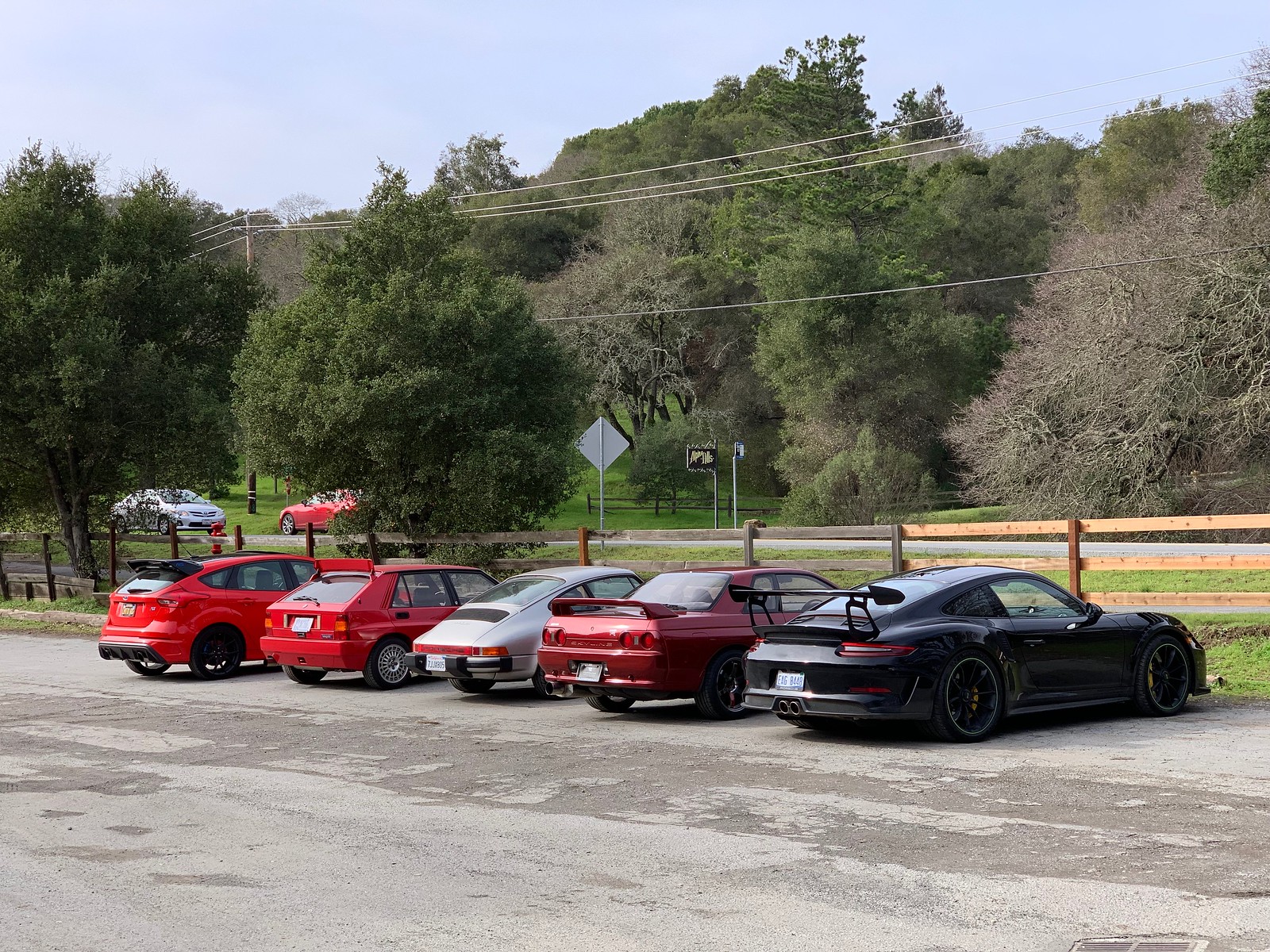
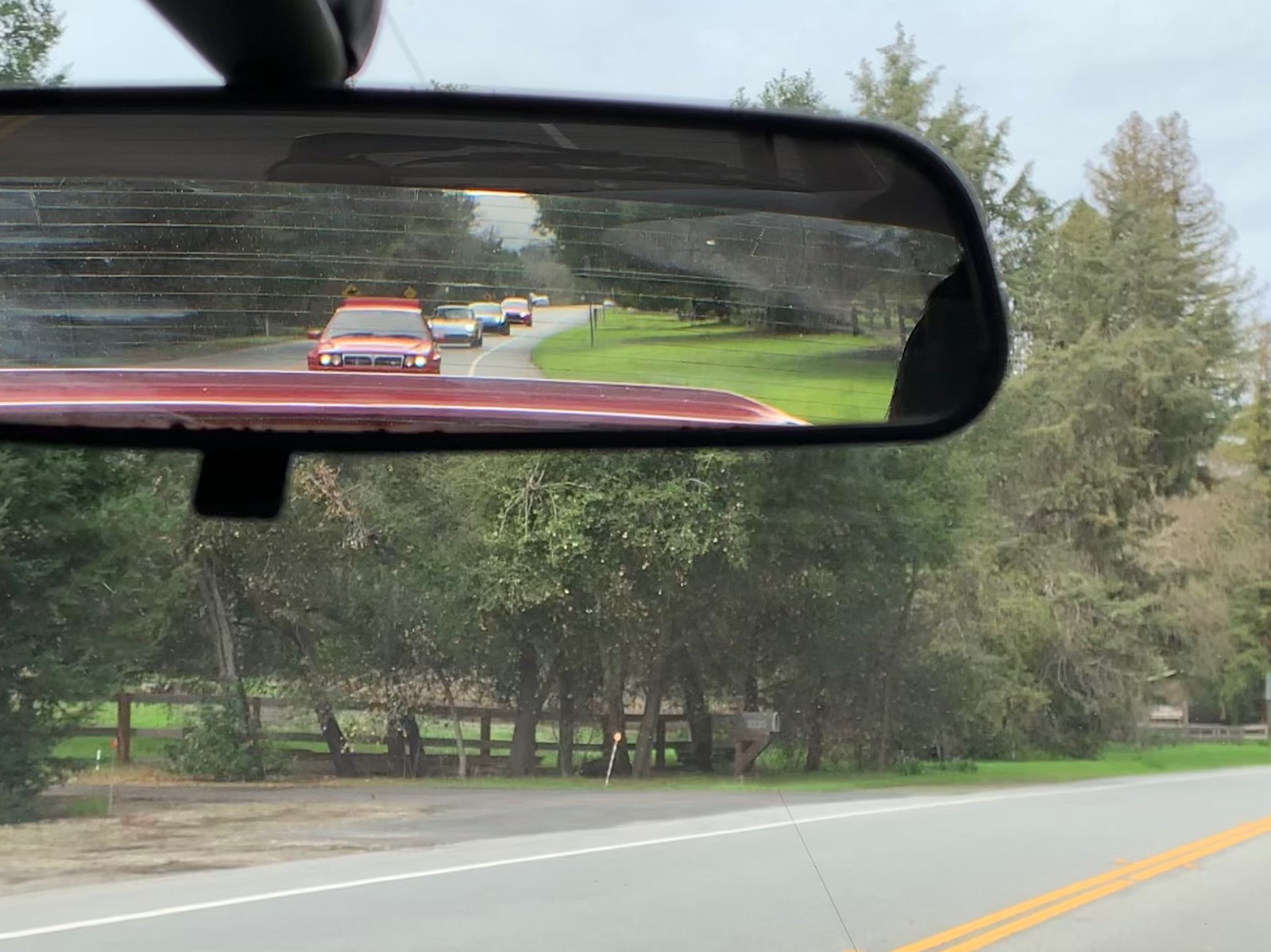
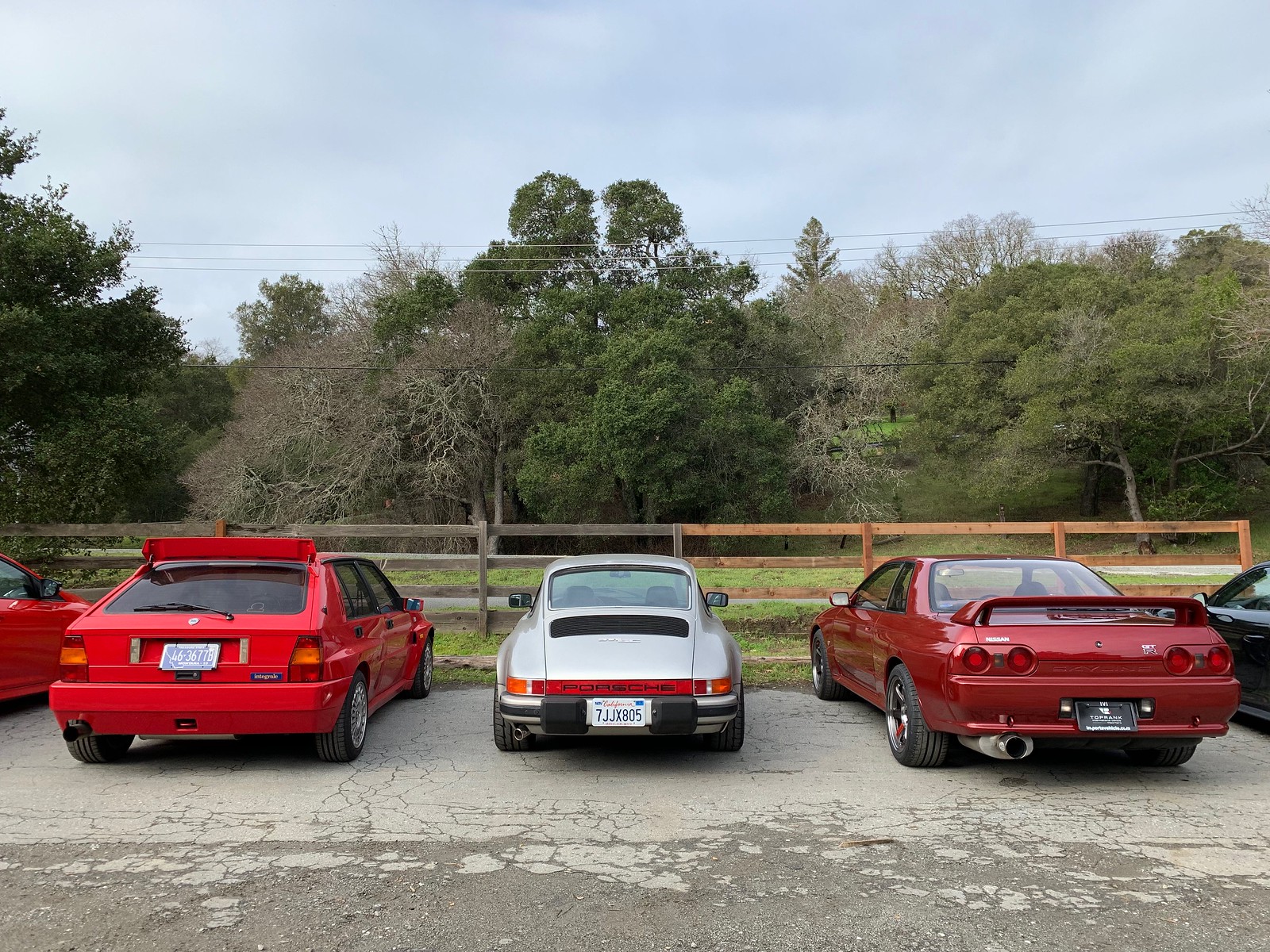


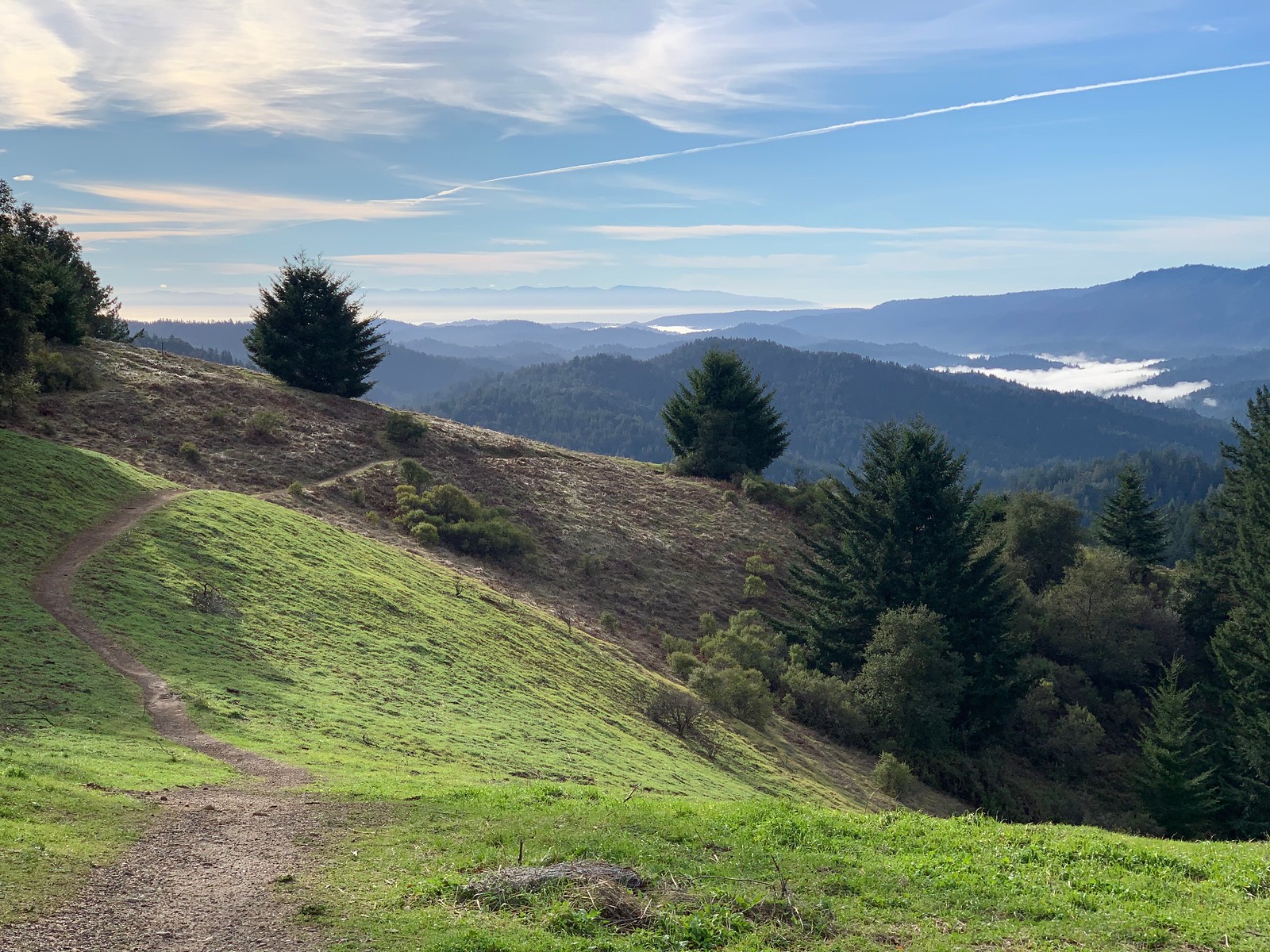
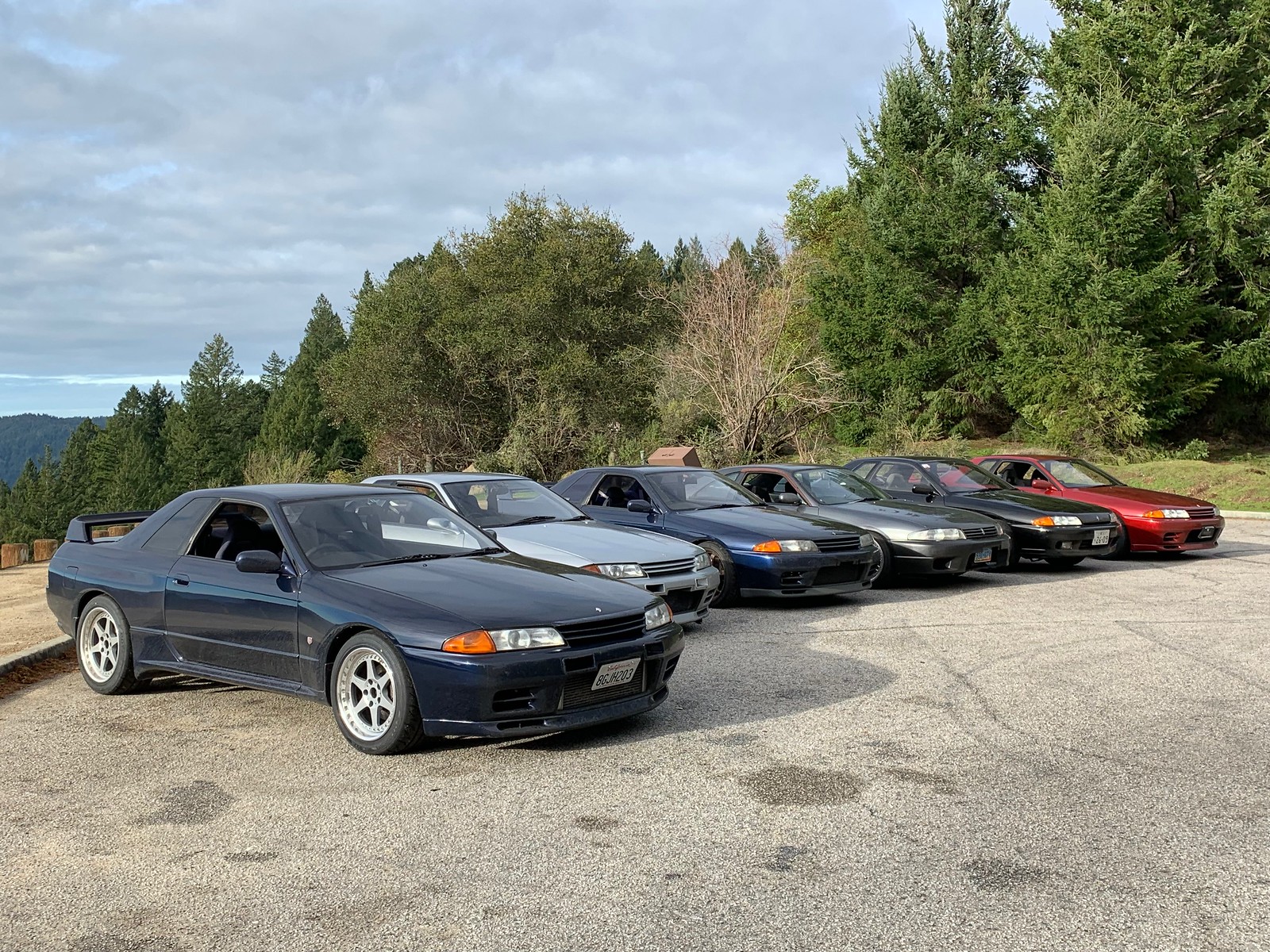

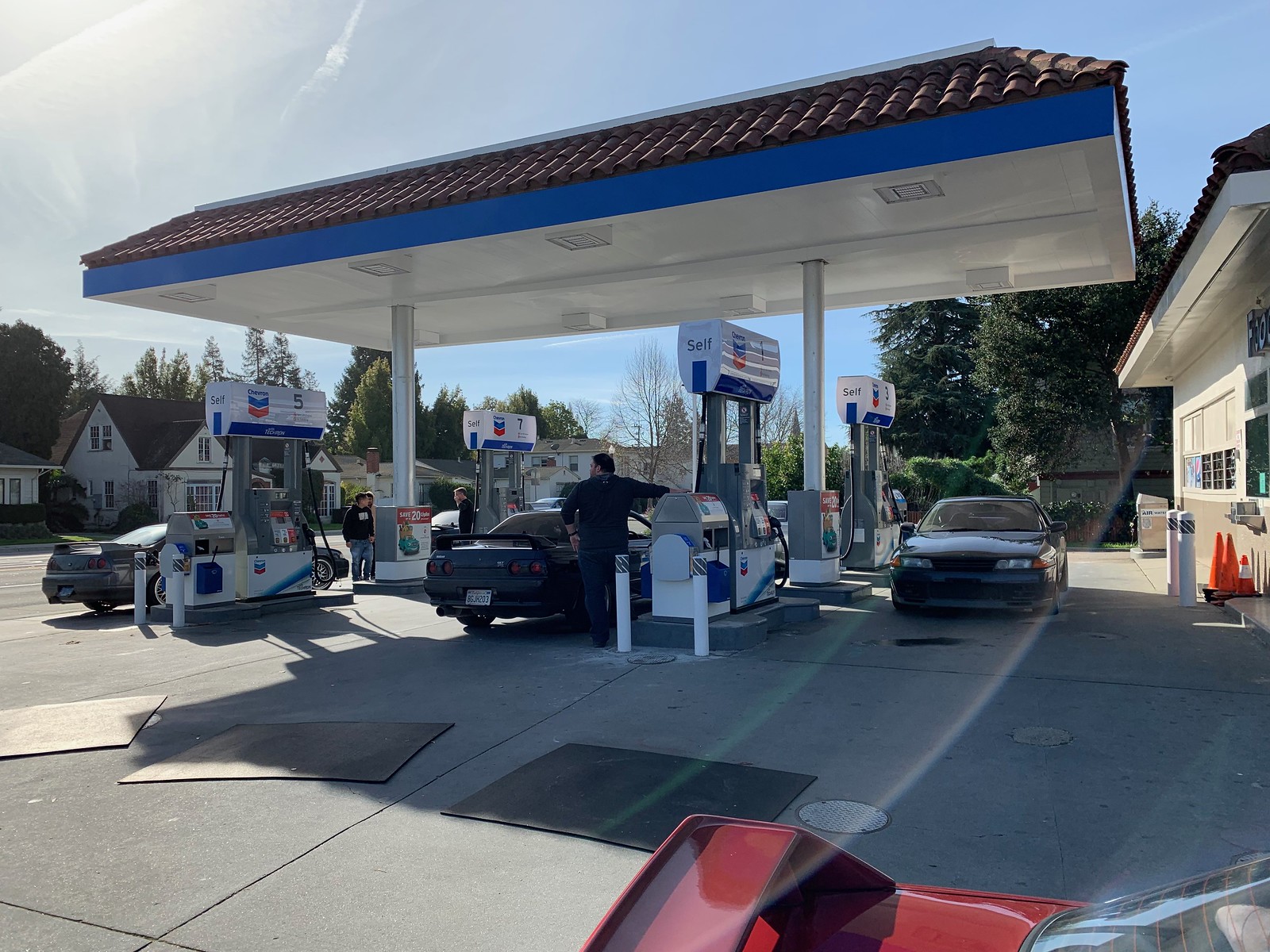



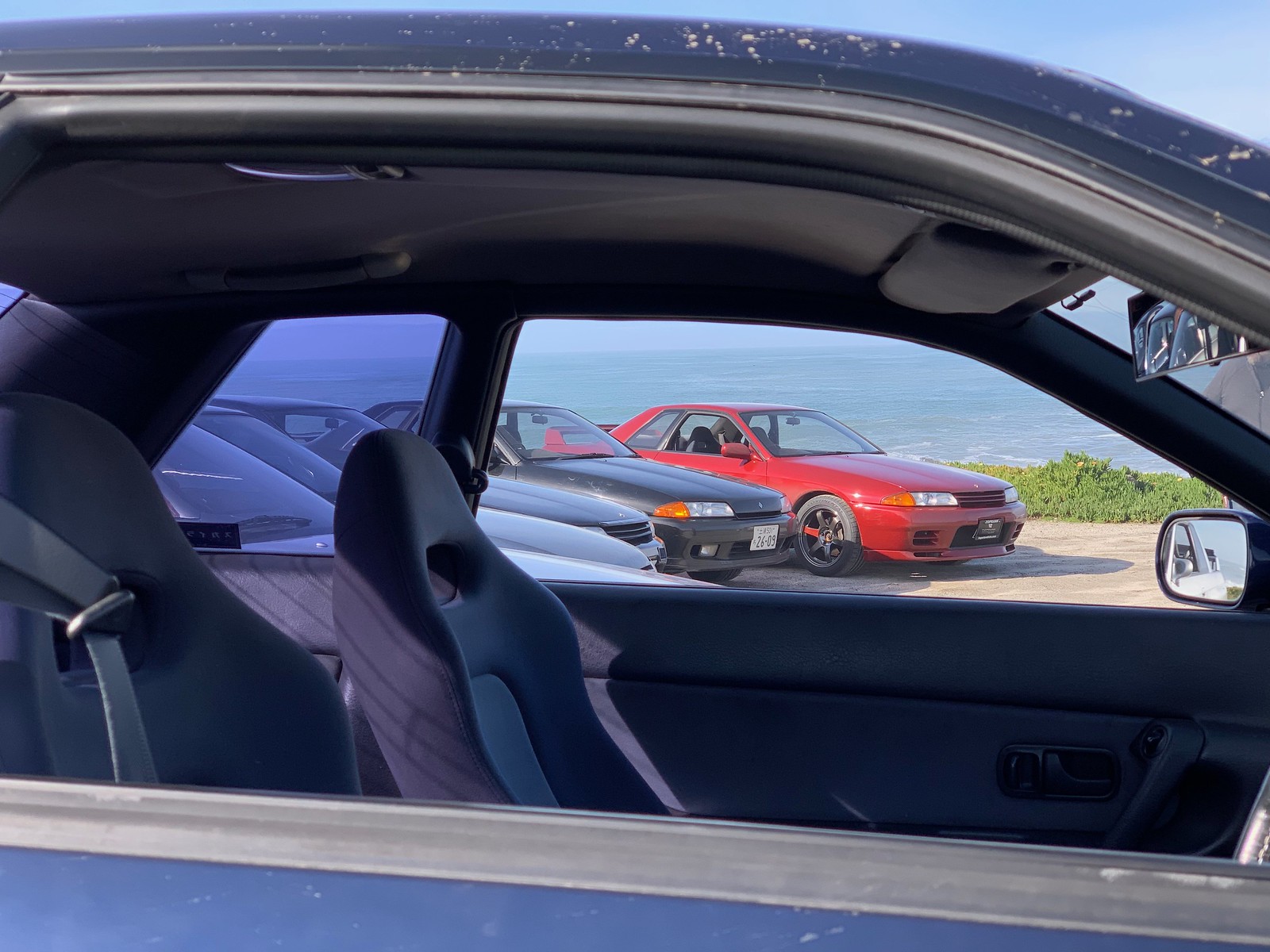

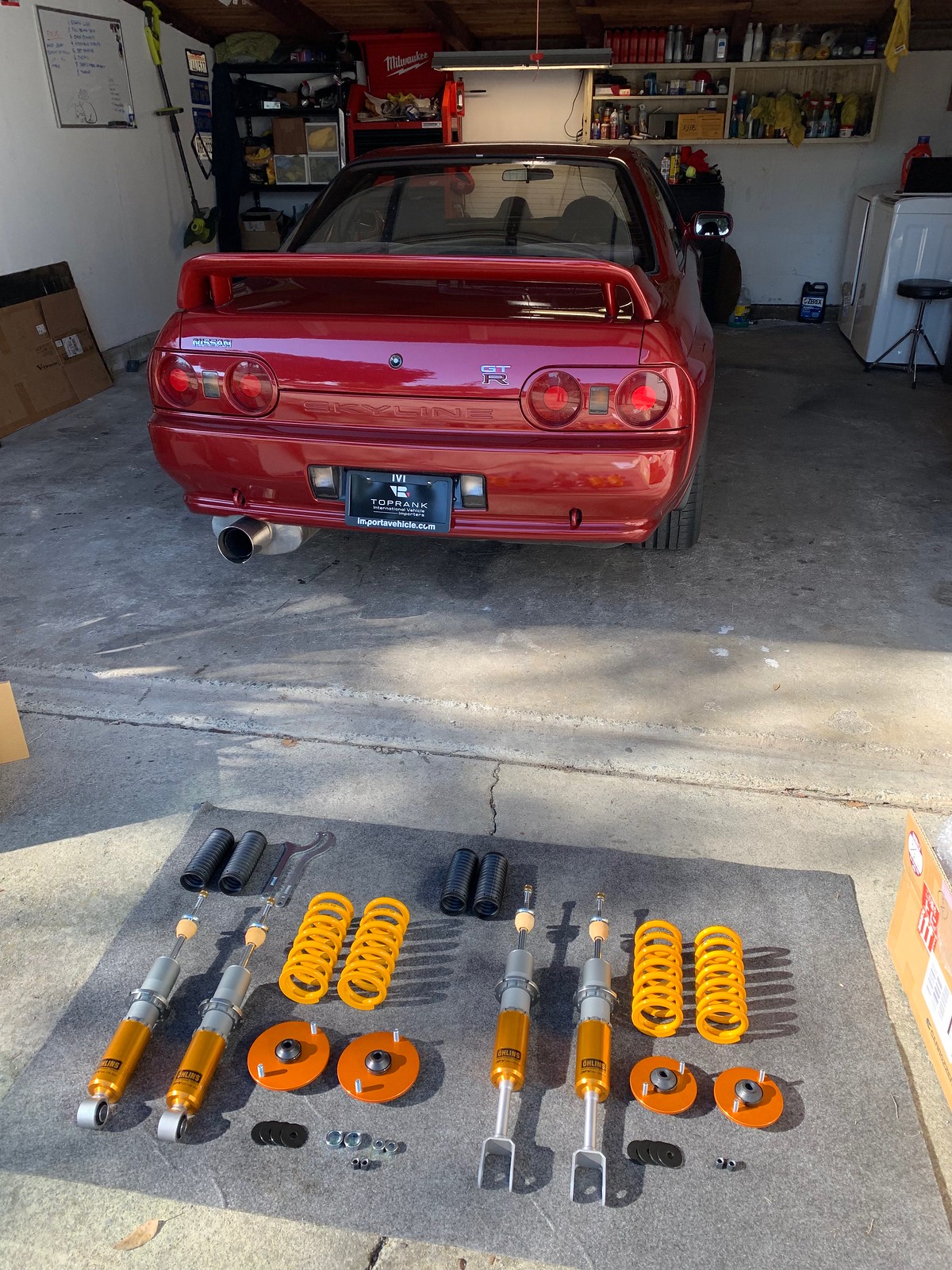
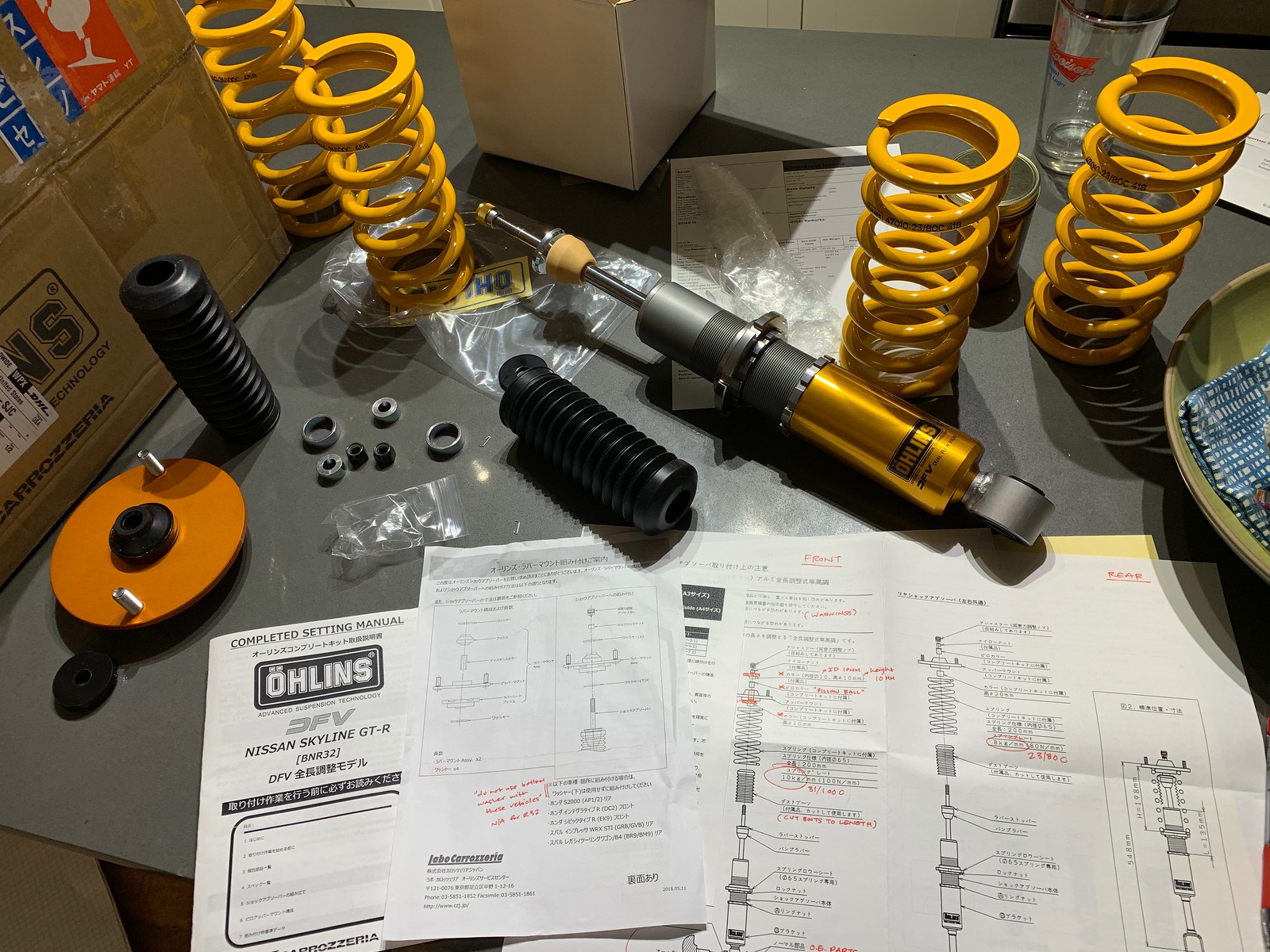
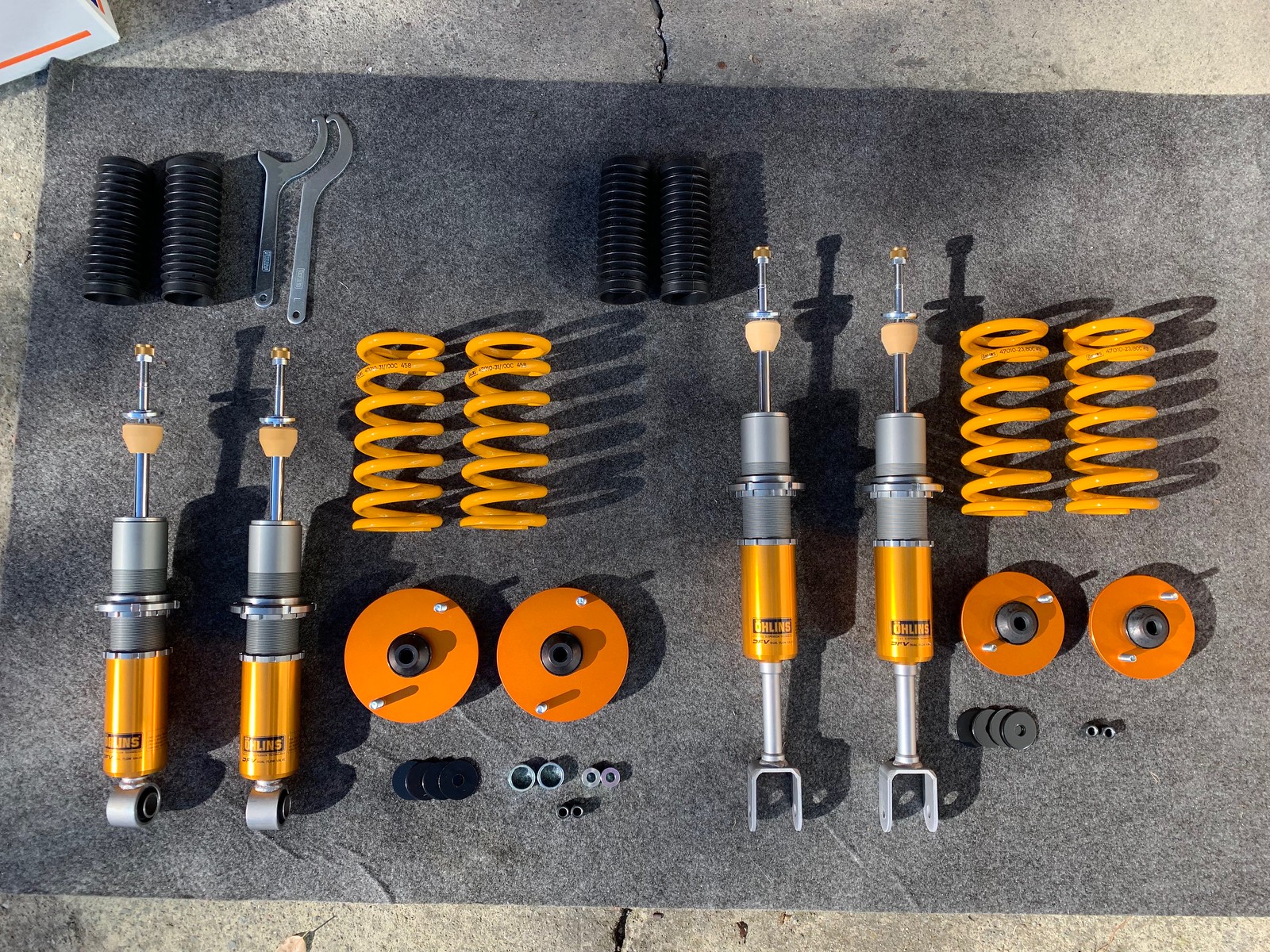
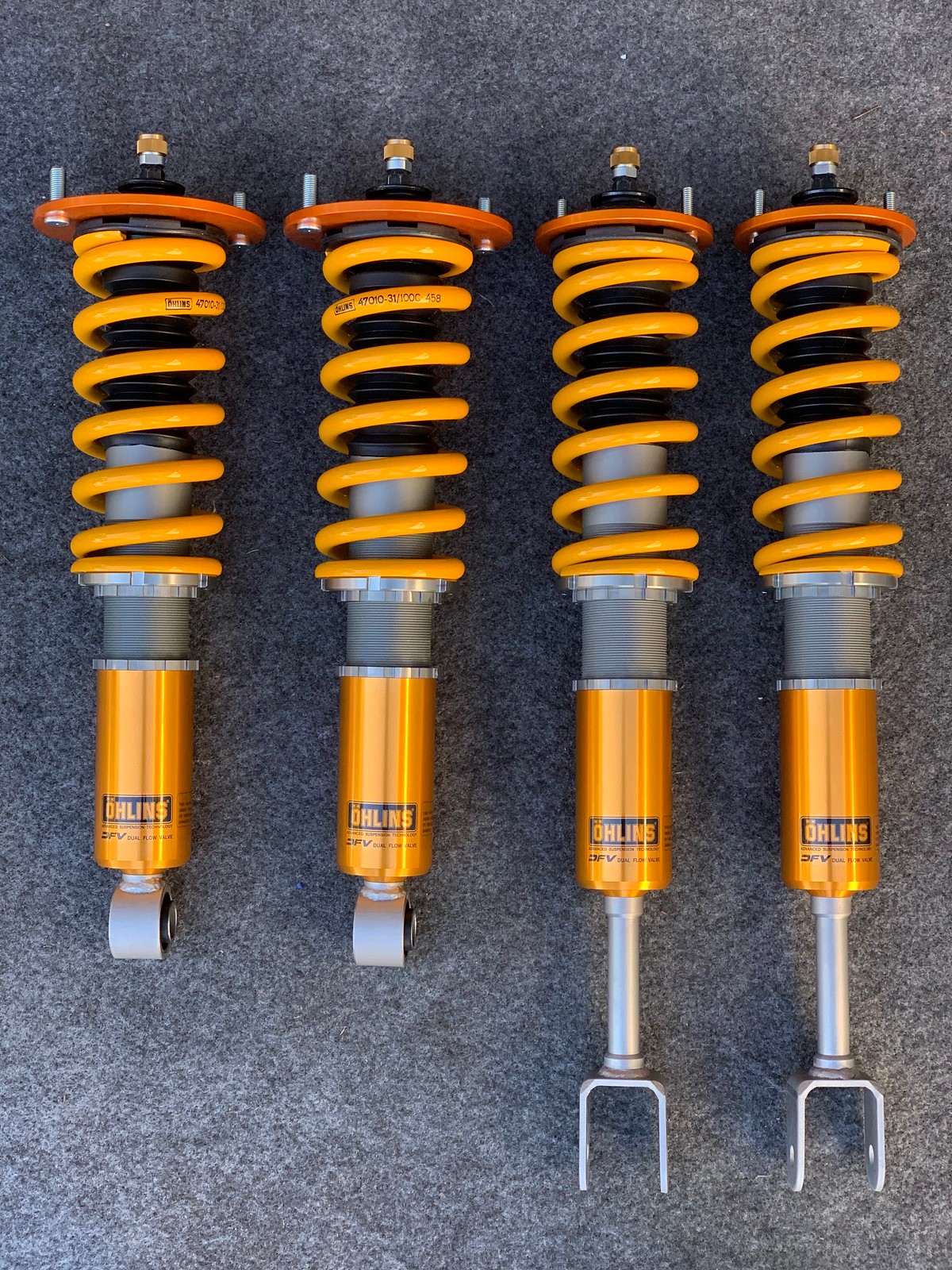
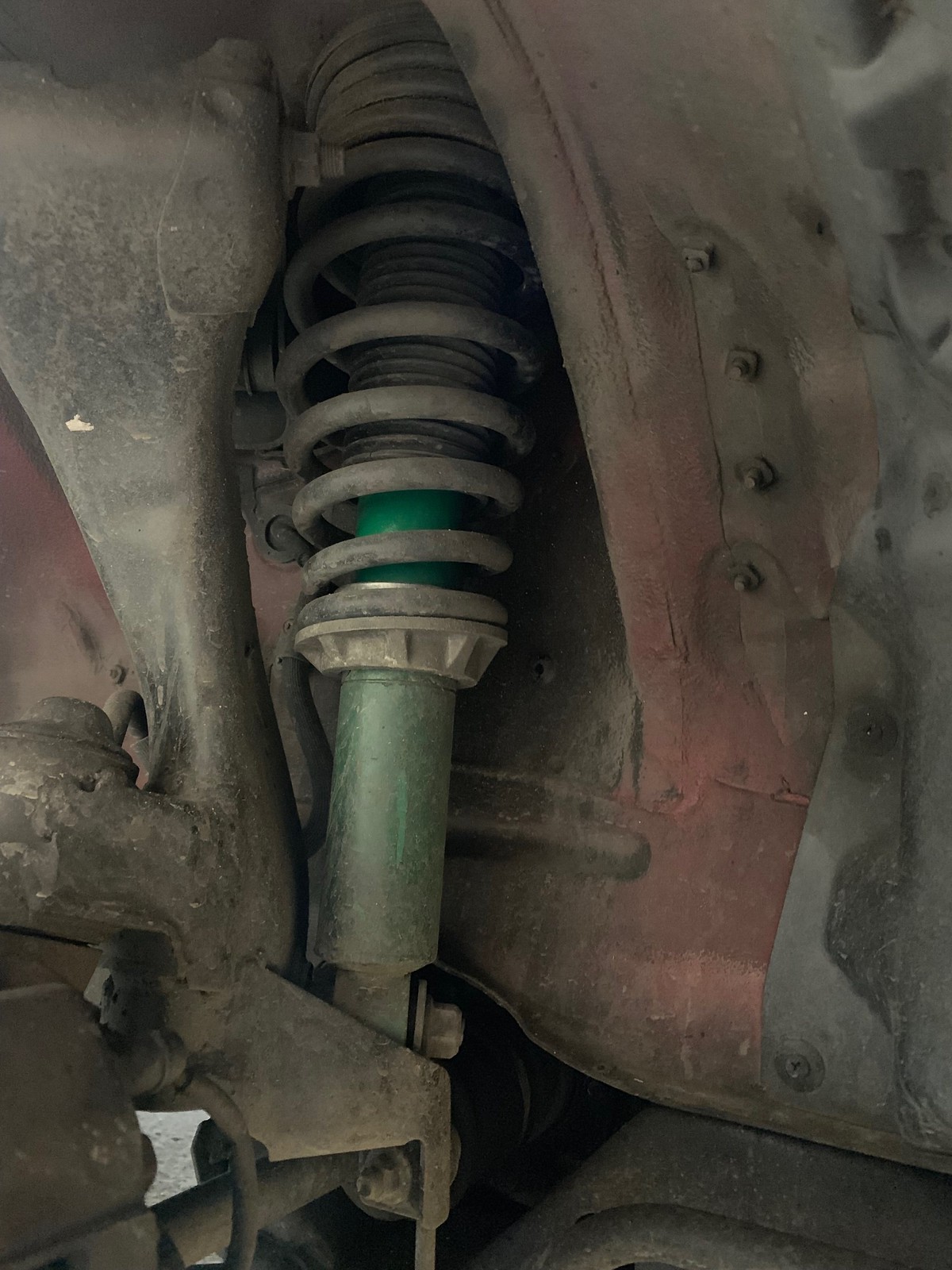
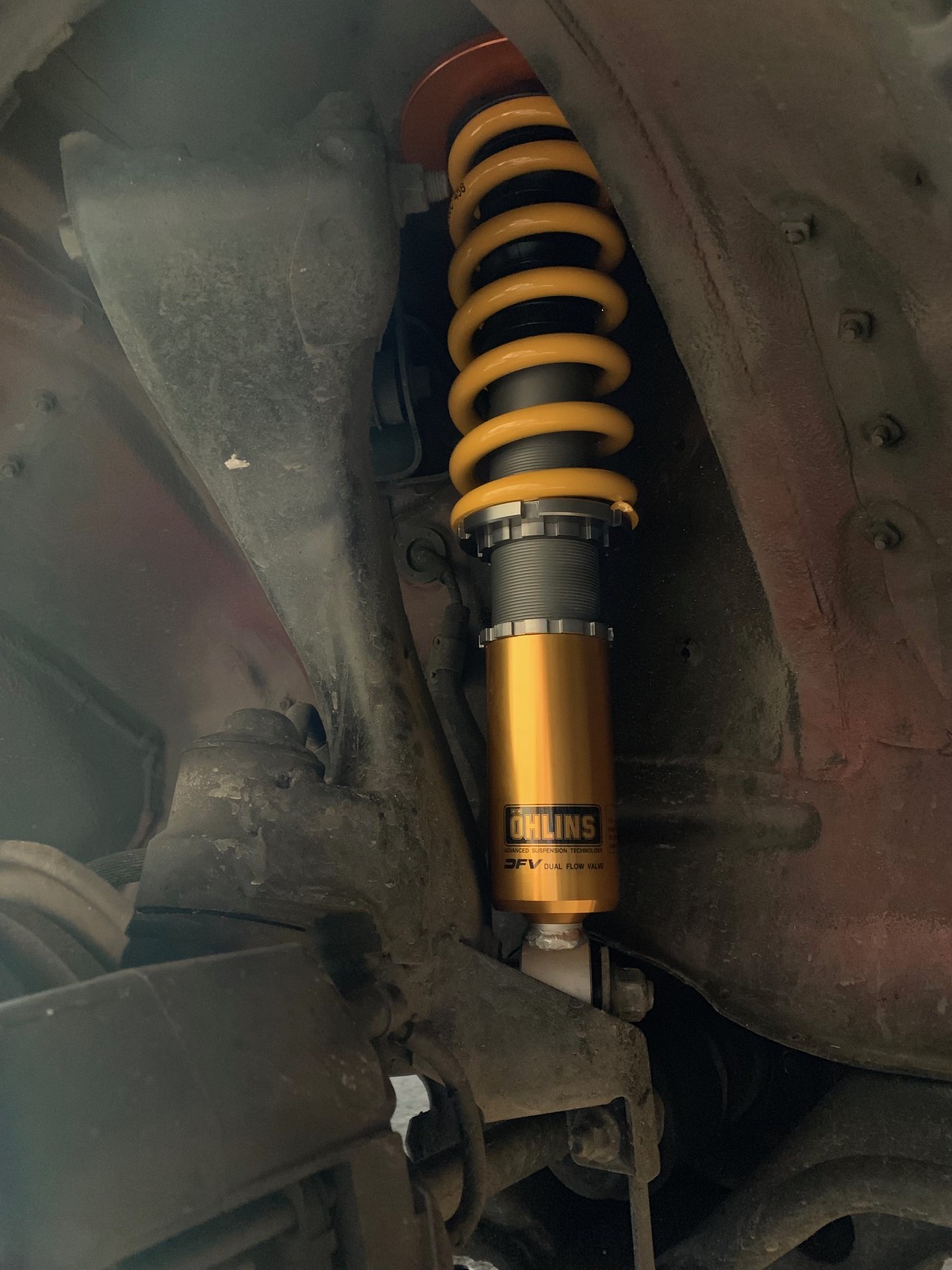

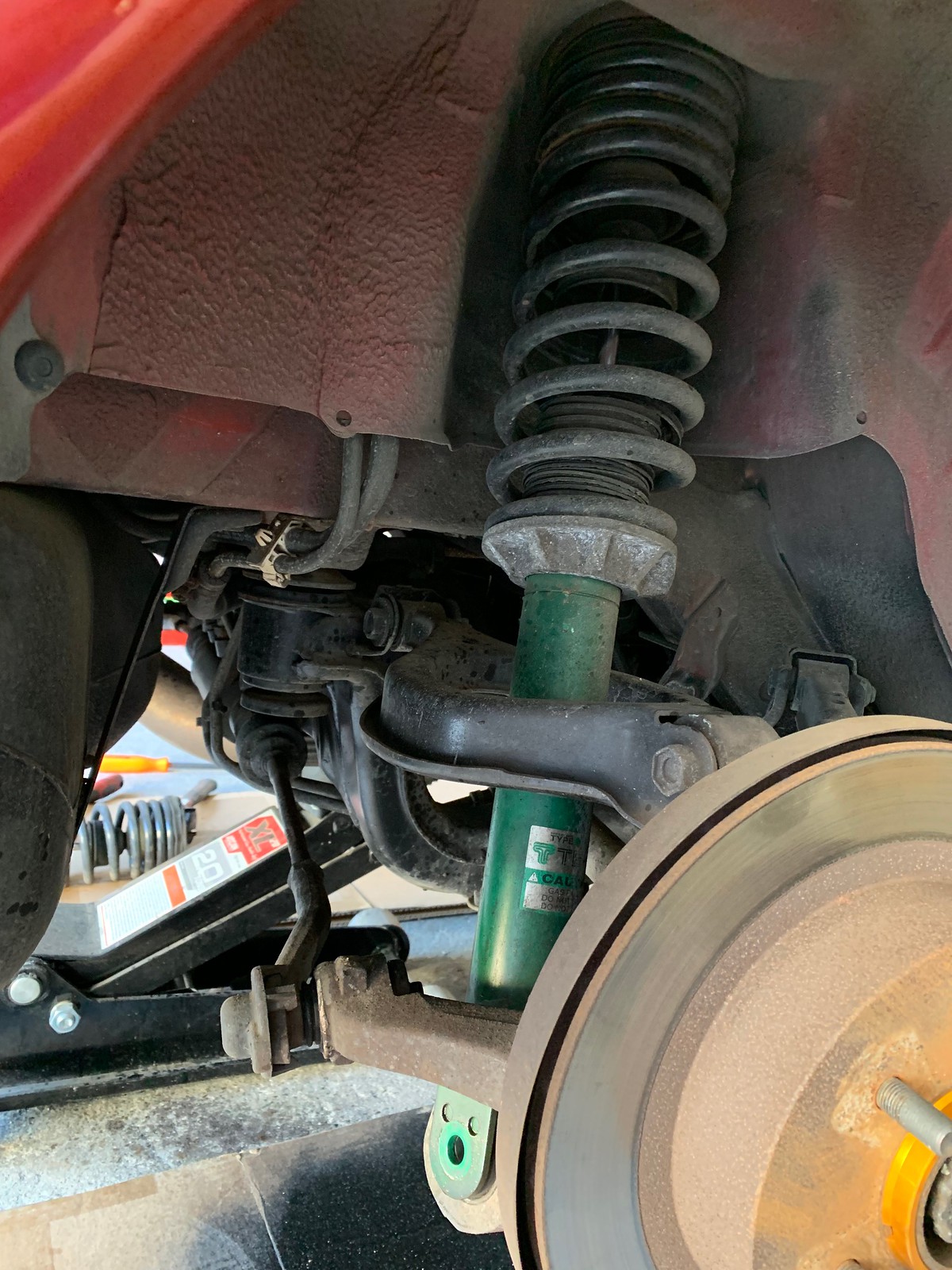
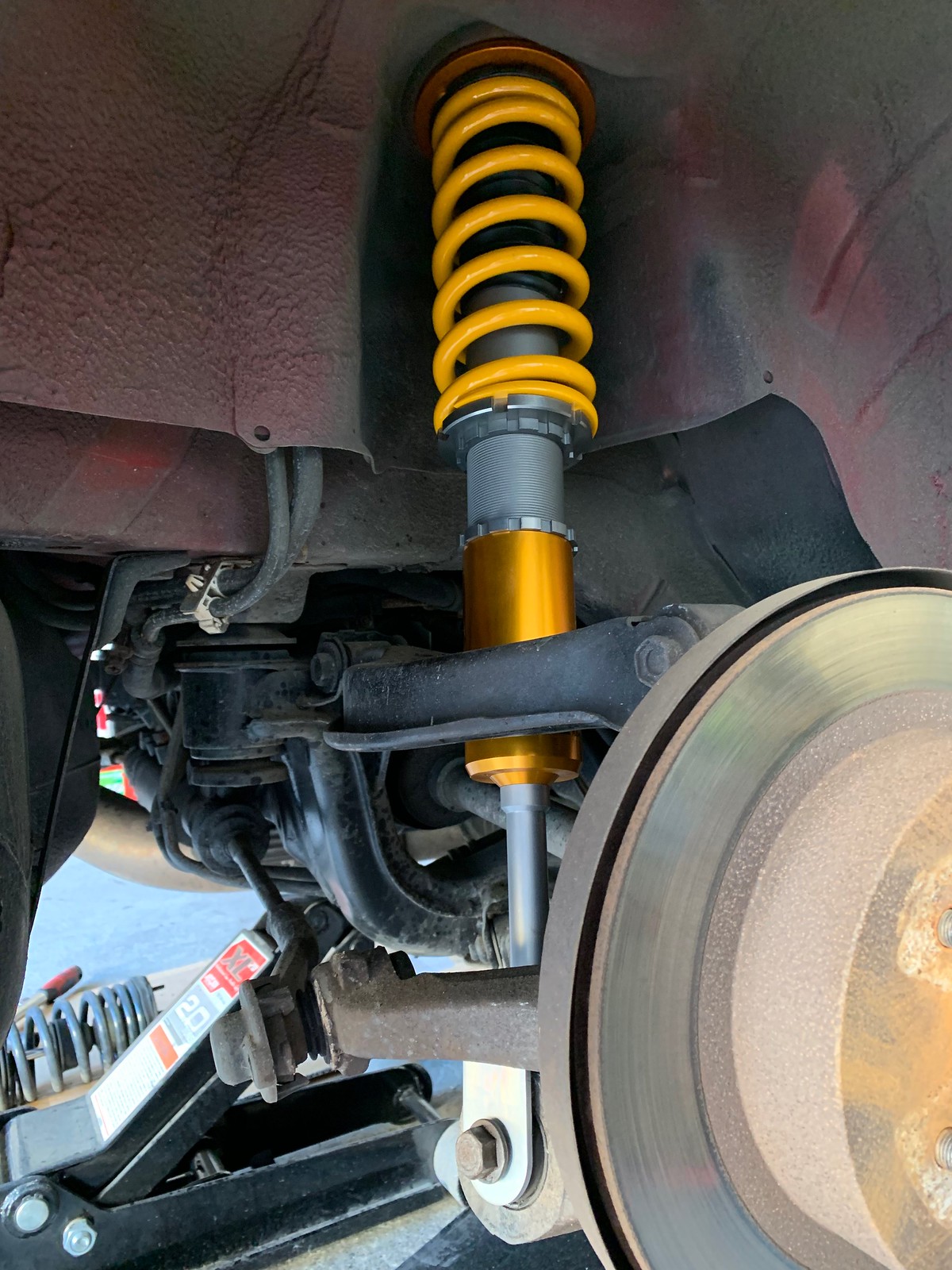

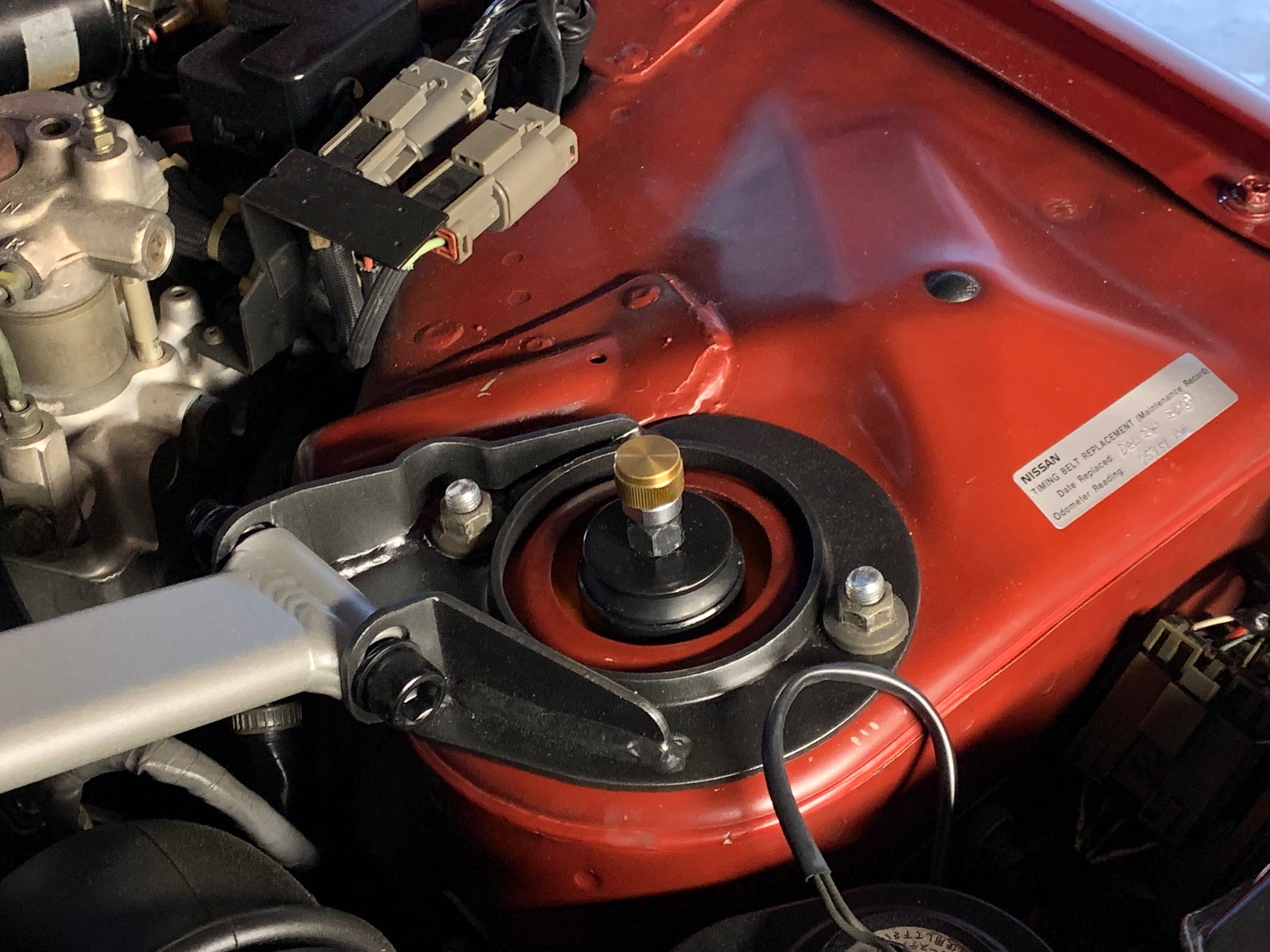

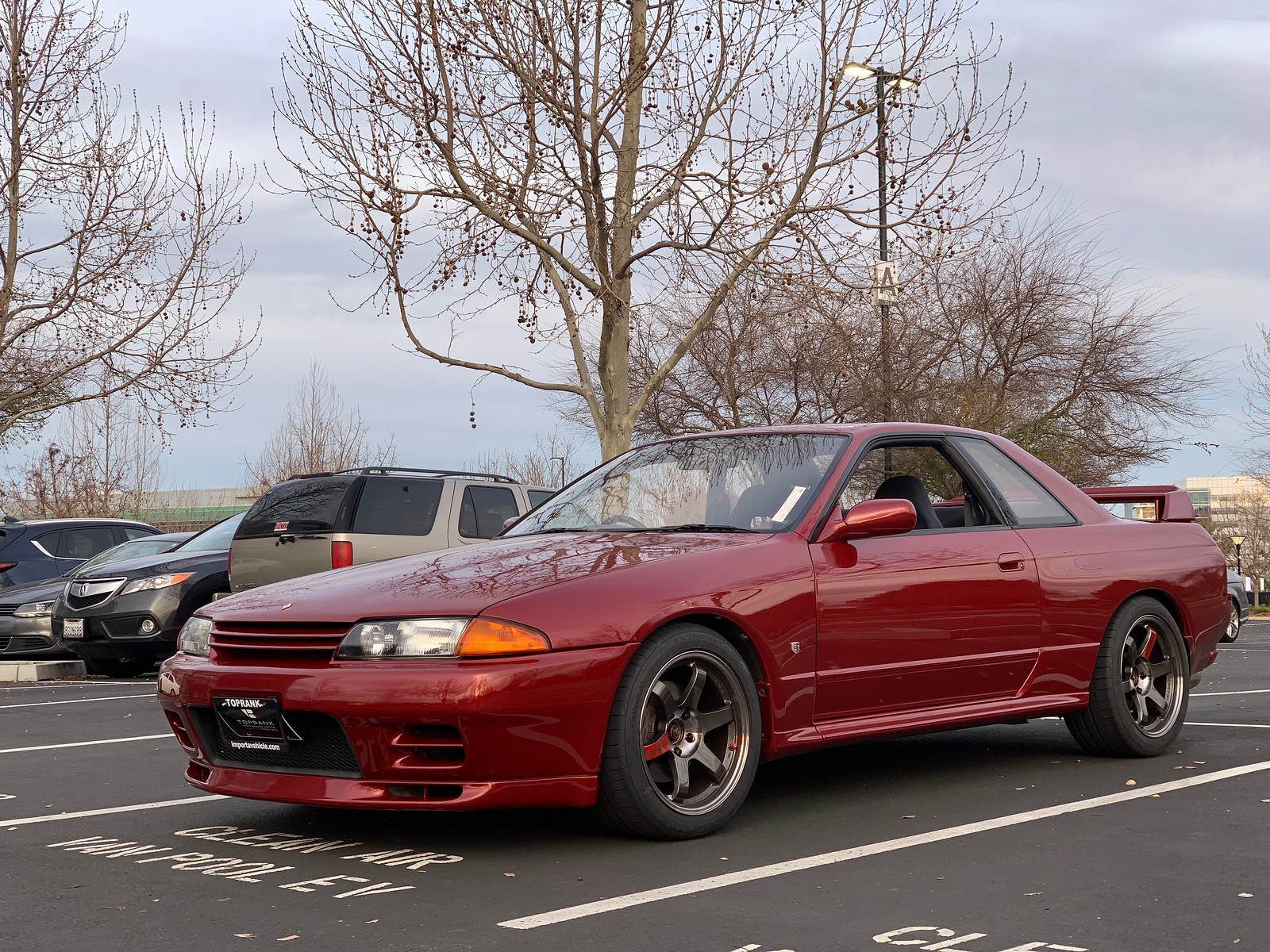
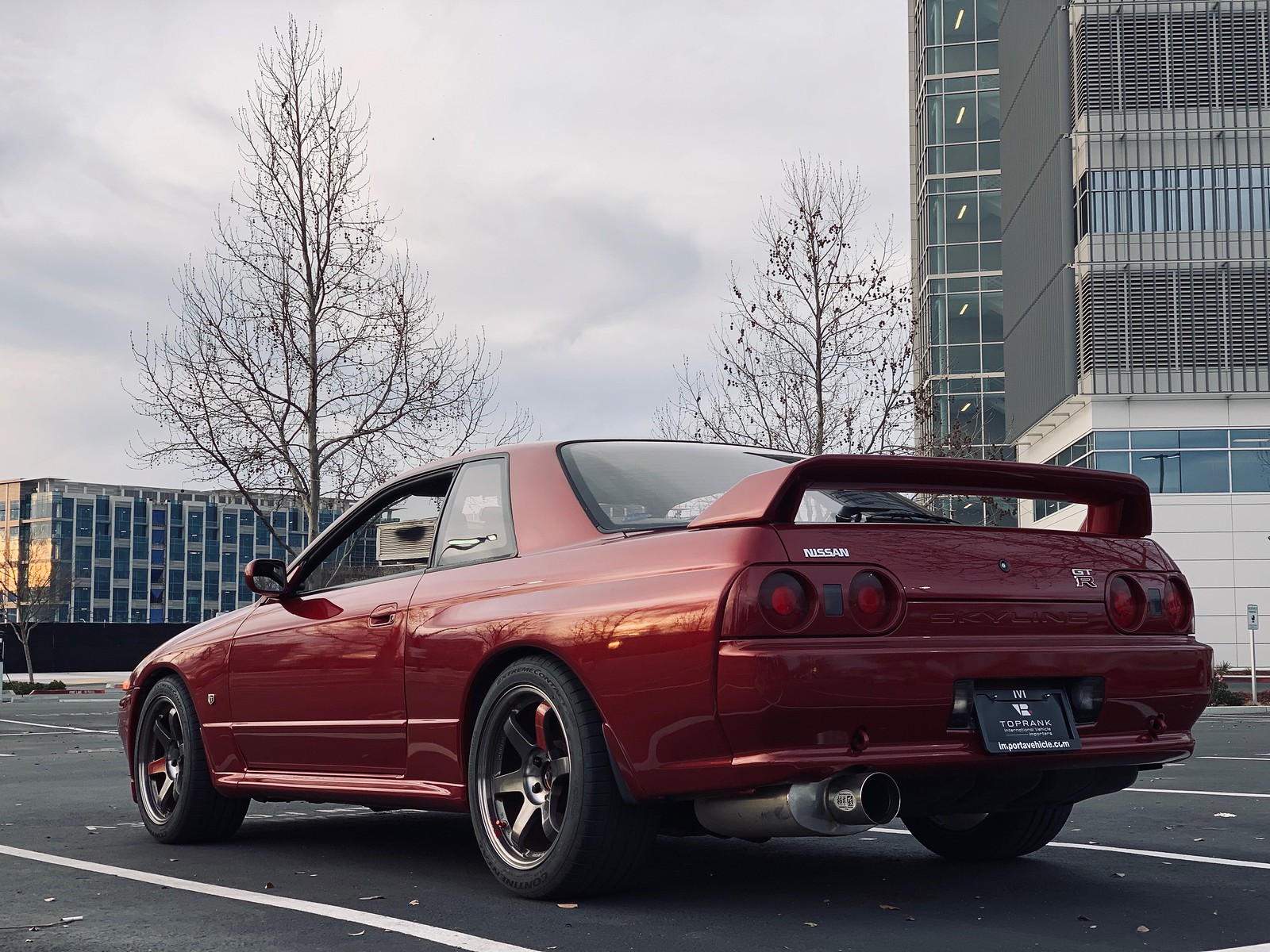
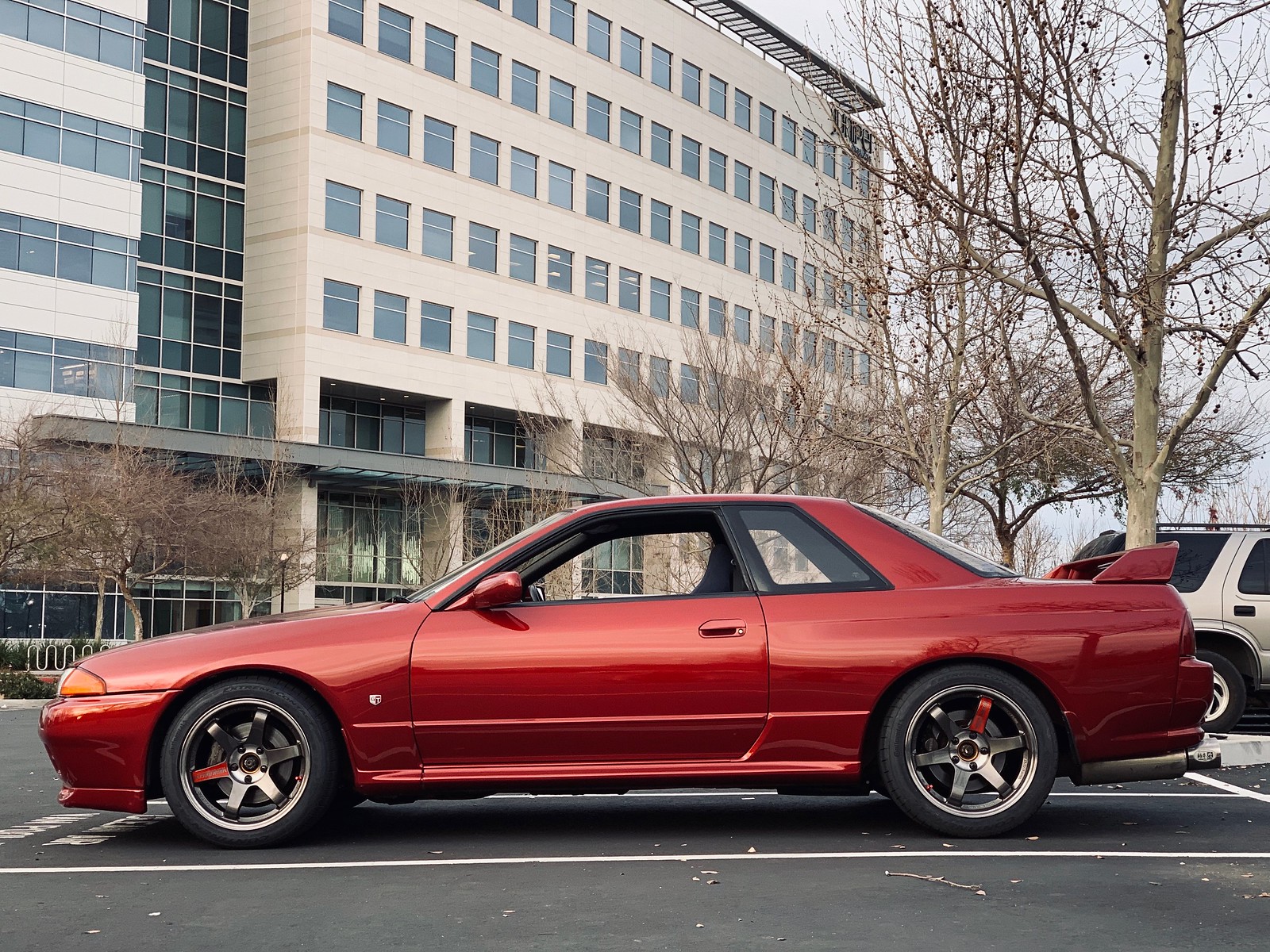

No comments:
Post a Comment